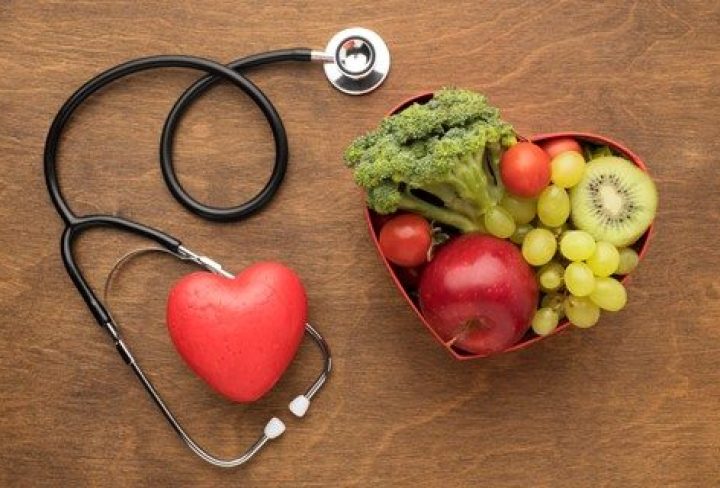Hypertension, commonly known as high blood pressure, is a widespread health concern affecting millions of people worldwide. While medication and lifestyle modifications play a vital role in managing hypertension, adopting a nutritious diet can significantly contribute to reducing blood pressure levels.
In this blog post, we will explore the key elements of a hypertension-friendly diet and provide valuable insights into maintaining a heart-healthy lifestyle.
1. Embrace a Balanced and Nutrient-Dense Diet: To effectively manage hypertension, it is crucial to follow a diet that is rich in essential nutrients while being low in sodium, saturated fats, and cholesterol.
Incorporate the following components into your daily meals:
a) Fresh Fruits and Vegetables: Fill your plate with a colorful assortment of fruits and vegetables, as they are excellent sources of potassium, magnesium, and fiber. These nutrients contribute to lower blood pressure levels and promote overall cardiovascular health.
b) Whole Grains: Choose whole grain alternatives such as brown rice, quinoa, whole wheat bread, and oats. These fiber-rich options can help reduce blood pressure and maintain stable glucose levels.
c) Lean Proteins: Opt for lean protein sources such as skinless poultry, fish, legumes, and tofu. These options are low in saturated fat and provide essential nutrients while promoting heart health.
2. Limit Sodium Intake: Excessive sodium consumption is a major contributor to high blood pressure. By reducing your sodium intake, you can effectively manage hypertension.
Follow these tips to keep your sodium levels in check:
a) Read Food Labels: Pay close attention to the sodium content listed on food labels. Aim for products with low sodium or no added salt.
b) Cook at Home: Preparing meals at home gives you better control over the amount of salt you add. Use herbs, spices, and natural flavorings to enhance the taste of your dishes instead.
c) Be Mindful of Processed Foods: Processed and packaged foods often contain high levels of sodium. Limit your intake of items such as canned soups, fast food, processed meats, and snacks.
3. Healthy Fats and Omega-3 fatty acids: Incorporating healthy fats into your diet can help reduce blood pressure and improve overall cardiovascular health.
Include the following sources:
a) Olive Oil: Replace saturated fats with heart-healthy monounsaturated fats, such as olive oil, for cooking and dressing salads.
b) Nuts and Seeds: Snack on a handful of almonds, walnuts, or chia seeds, as they are rich in omega-3 fatty acids and provide numerous cardiovascular benefits.
c) Fatty Fish: Include fatty fish like salmon, mackerel, and sardines in your diet at least twice a week. These fish varieties are high in omega-3s, which can help lower blood pressure and reduce the risk of heart disease.
4. DASH Diet Approach: Consider adopting the Dietary Approaches to Stop Hypertension (DASH) eating plan, which emphasizes fruits, vegetables, whole grains, lean proteins, and low-fat dairy products. The DASH diet has been extensively studied and is known to effectively lower blood pressure.
While managing hypertension requires a holistic approach, adopting a nutritious diet is a powerful tool to keep your blood pressure levels in check and maintain a healthy heart. By embracing a balanced diet rich in fruits, vegetables, whole grains, lean proteins, and healthy fats, and reducing your sodium intake, you can take proactive steps towards managing hypertension and improving your overall well-being. Remember to consult with a healthcare professional or registered dietitian for personalized guidance and support on your journey to a heart-healthy lifestyle.

